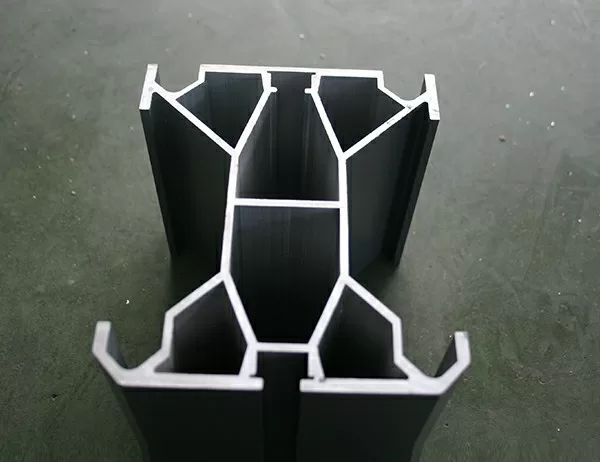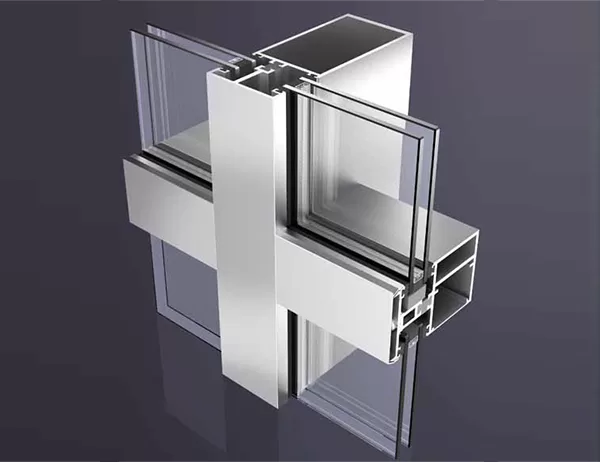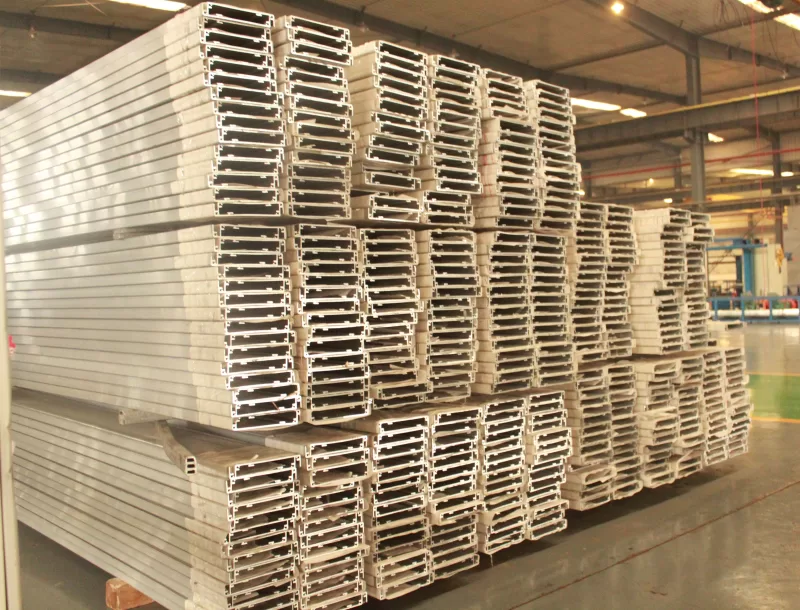Optimizing your metal coil slitter machine is crucial for maximizing productivity, efficiency, and product quality. By following these best practices, you can ensure that your machine operates at its peak performance, delivering consistent, high-quality results.
Proper Installation and Maintenance
1. Proper Installation:
– Ensure the machine’s foundation is level and stable to minimize vibrations.
– Anchor the machine securely to prevent movement during operation.
– Calibrate the machine according to the manufacturer’s specifications.
2. Regular Maintenance:
– Inspect cutting blades regularly for wear and tear, replacing them as needed.
– Lubricate bearings and other moving parts as per the manufacturer’s guidelines.
– Clean the machine thoroughly to remove any debris or contaminants that could affect performance.
Optimal Cutter Configuration
3. Selecting the Right Blades:
– Choose blades that are appropriate for the material being cut, thickness, and desired cut quality.
– Ensure that the blades are properly tensioned and aligned to minimize burring and edge distortion.
4. Determining Feed Rate and Tension:
– Adjust the feed rate based on the thickness and hardness of the material being cut.
– Ensure optimal tension on the coil to prevent buckling or slippage during cutting.
Efficient Coil Handling
5. Coil Loading and Unloading:
– Use proper lifting equipment to safely load and unload coils.
– Ensure that the coils are centered and aligned properly on the machine.
6. Edge Trimming:
– Perform edge trimming to remove excess material and ensure clean, straight cuts.
– Adjust the trimmer settings to minimize material waste and optimize product quality.
Process Monitoring and Control
7. Real-Time Monitoring:
– Install sensors to monitor machine parameters such as blade pressure, temperature, and vibration.
– Track these parameters to detect any deviations from optimal settings and take corrective actions promptly.
8. Automation and Control:
– Utilize automated systems to control the machine’s operation, ensuring consistent quality and increased productivity.
– Integrate the machine with production planning or management systems for efficient workflow and data management.
Operator Training and Safety
9. Operator Training:
– Train operators on proper machine operation, maintenance, and safety procedures.
– Ensure that operators understand the importance of optimal settings and process control.
10. Safety Precautions:
– Implement appropriate safety measures such as machine guards, eye protection, and hearing protection.
– Adhere to safety protocols and follow all manufacturer’s guidelines to prevent accidents and injuries.
By following these optimization strategies, you can enhance the performance of your metal coil slitter machine, achieving increased productivity, improved product quality, and reduced downtime. Regular maintenance, optimal cutter configuration, efficient coil handling, process monitoring, and proper operator training will contribute to the long-term reliability and efficiency of your machine.




